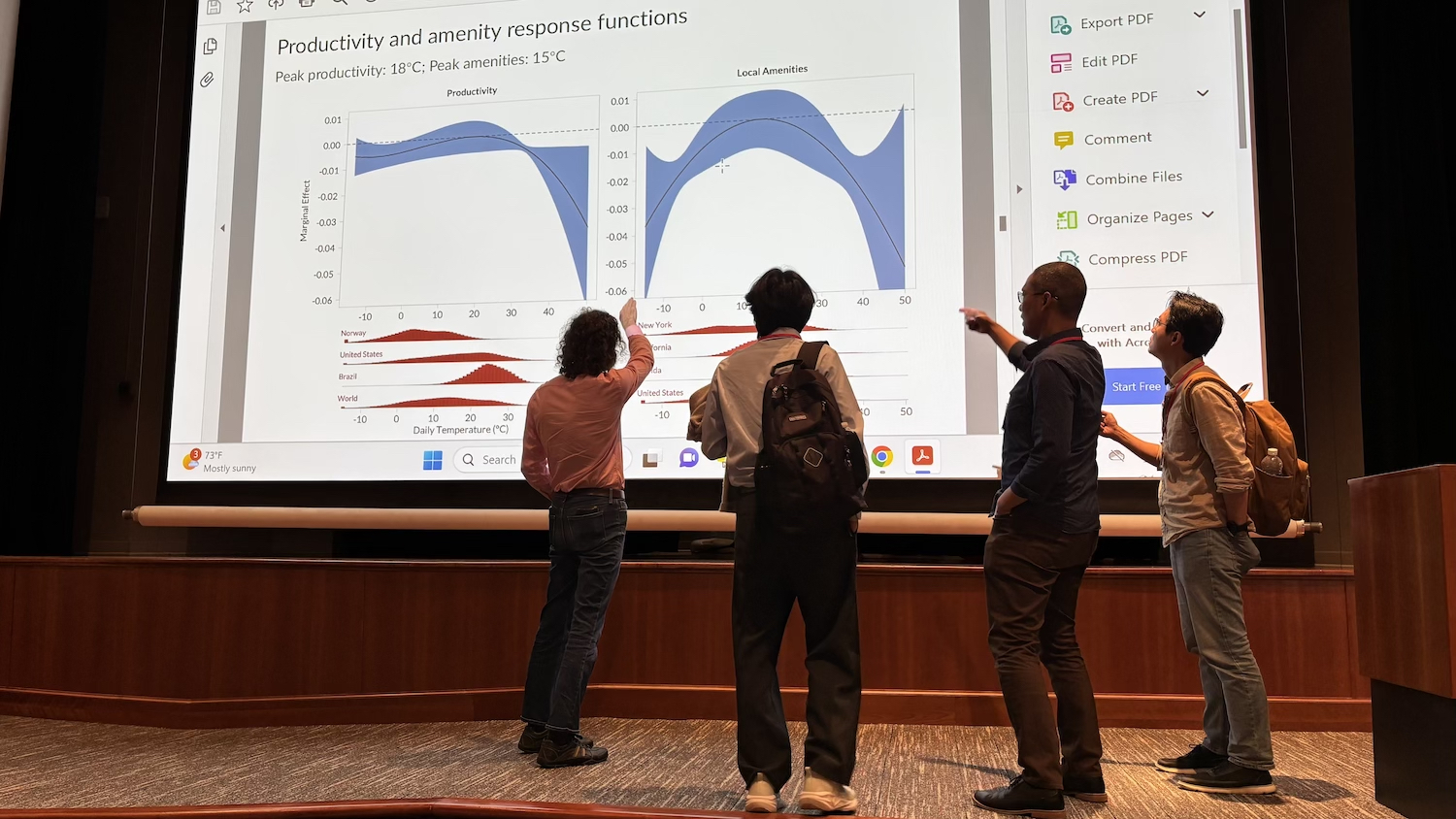Financial Education Supports Retirement Readiness
Research findings from Poole College professors Beth Ritter and Bob Clark can help both employers and employees benefit from the SECURE Act 2.0 legislative changes to retirement plans.

By Beth Ritter, professor of practice of human resource management, and Bob Clark, professor of economics
The Setting Every Community Up for Retirement Act (SECURE Act 2.0) requires significant changes to retirement plans starting in 2022 and moving forward through 2027. The goals of the act were to support retirement readiness of individuals by encouraging more saving and to make offering retirement plans more attractive for employers. Operational impacts to existing retirement plans included budget and timing resource allocation changes, updates to the salary deferral process, IT and programming change requirements, and employee communications and education needs. As employers consider the plan changes from the legislation, they should also consider the impact that timely and effective financial education efforts can have on employee saving choices.
Poole College faculty have been examining the importance of retirement plans in preparing workers for retirement and achieving employer goals for the orderly retirement of employees. Research has shown that Americans have a low level of financial literacy, and the lack of knowledge and understanding of incentives associated with retirement plans can result in costly mistakes in retirement saving decisions and the timing of retirement. Studies of firms and government agencies have shown the effectiveness of employer-provided financial education programs. High quality onboarding programs that highlight the role of retirement saving plans in building wealth increase worker participation in these plans. Automatic enrollment policies and auto-escalation in contributions have been shown to significantly increase employee savings. These policies help workers better prepare for retirement.
Many employers also provide retirement planning programs as workers approach normal retirement ages. The information provided in these plans tends to enhance financial literacy and assist workers in making appropriate retirement decisions. Major decisions include the optimal age for retirement and when to access retirement wealth. Until recently, most scholarly research focused on wealth accumulation for retirement. As the population has aged and members of the baby-boom generation have reached retirement ages, a greater emphasis has been placed on how to manage the drawdown of retirement wealth. The most important decision for using retirement wealth often occurs at retirement. Specifically, should the retiree select lump sum distributions or choose a lifetime income product in the form of an annuity from their retirement plan? For most individuals, this is a one-time decision that will determine their economic well-being throughout retirement. Research studies by Poole faculty have shown how employer-retirement planning programs can provide needed information and insights that allow workers to make better decisions.
A related decision is when to claim Social Security benefits. While many individuals begin benefits at the earliest possible age (62 years), postponing claiming until the full retirement age (67 years) or even until age 70 leads to considerably higher monthly benefits. Retirees should consider their best strategy for utilizing their pension and Social Security benefits. In order to maximize their lifetime consumption, individuals must have sufficient financial knowledge and understand the provisions of both pensions and Social Security.
While most employers offer some financial and benefit education during onboarding and retirement planning programs, research studies indicate that many employees would benefit from additional help with retirement planning throughout their career. Such programs help workers determine if they are falling behind in building retirement wealth and if will they be able to achieve their retirement goals.
In all of these programs, employers should consider how to provide the most relevant financial and benefit information. Should these programs be targeted for specific groups such as special programs organized by gender, age and ethnicity? Research studies provide some important guidelines that should be helpful to employers in developing programs to increase the financial literacy of their workers. The regulations included in SECURE 2.0 will require changes in employer policies in these areas. Educational efforts that include both plan changes and financial literacy are a timely and powerful combination in efforts to improve retirement readiness.
The following table highlights actions employers can take in conjunction with Secure Act regulation changes and the Poole College researcher findings that provide guidance for those actions.
| Secure Act 2.0 Provision | Education Effort | Poole Researcher Findings | Recommendation |
| 2023, Required Mandatory Distributions (RMDs) Age increased to 73 | Retirement Planning sessions | Company-sponsored retirement planning programs provide essential information to employees that increases their financial literacy and results in modifications to their saving and retirement behavior. | Employers should consider offering retirement planning sessions if they do not already offer them. Employers should include the legislated change in the age for RMD to their retirement planning sessions. |
| 2025, Catch- up Contributions increased in 401(k), 403(b) or 457(b) plans | Financial education sessions | Financial information is more effective when customized to the needs of specific groups. The session content should be relevant to someone of that age, gender and career stage. | Employers can hold meetings for eligible employees, those 50 and higher, to discuss the financial impact of increased contributions close to retirement. |
| 2025, Auto-enrollment for new 401(k) and 403(b) plans | New hire orientation and all- employee sessions for new plans | The new-hire onboarding process encouraged employees to enroll in retirement saving plans, but these initial educational programs did not necessarily provide sufficient understanding of the value of retirement benefits. | Employers should be certain that new employees understand the retirement plan type and key plan features about employer-match, borrowing, rollovers, investment choices. |
| 2024, Student loan payments eligible for matching contributions | New-hire orientation, Existing employees | Financial education increased financial literacy, and completion of a learning module led to higher levels of participation in the saving plan and greater contributions. | Employers can emphasize continued plan eligibility beyond hire and can create specialized meetings for this unique offering and include financial education specific to this group. |
| 2025, Simplify and standardize rollovers | Exit interviews | 41.4% of separating employees had incurred some leakage or loss of retirement wealth at job termination due to taking distributions at separation. | Employers should offer financial education at the point of job separation to warns of the loss of future retirement income related to distributions taken at separation from the employer. |
- Categories:


